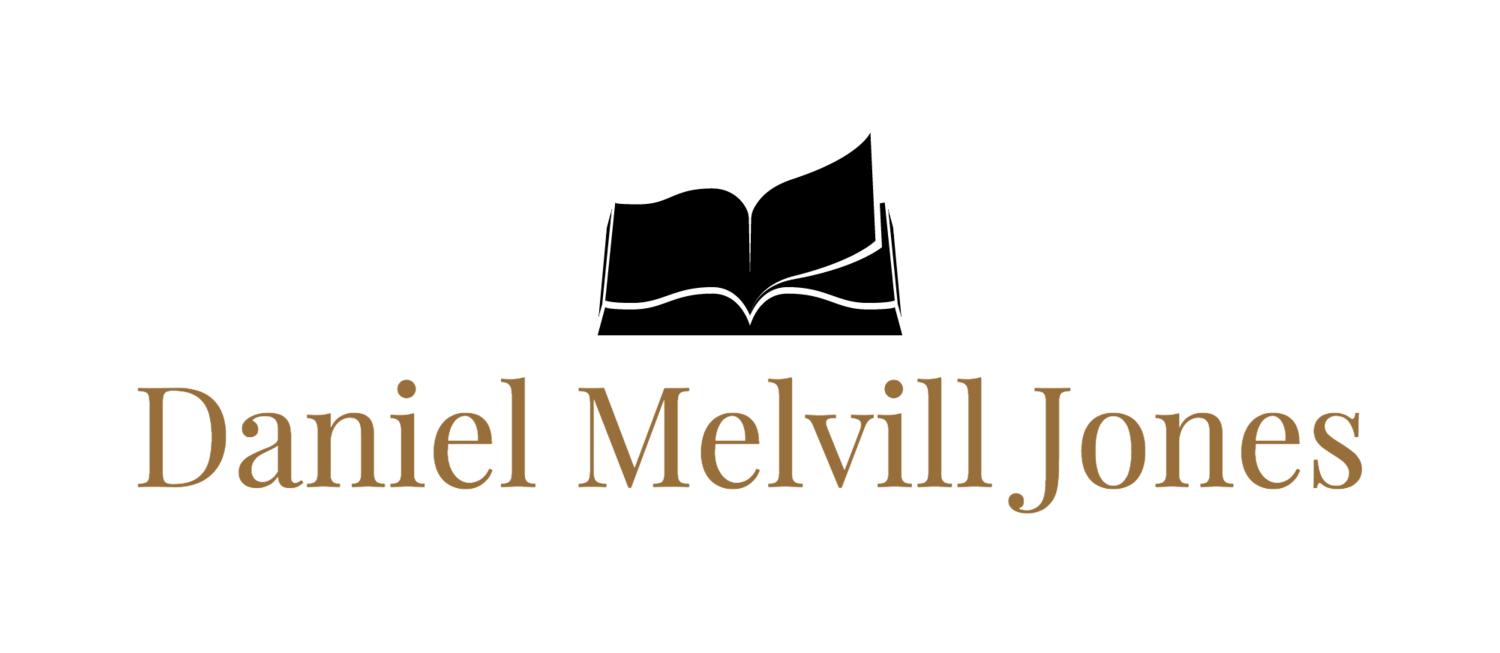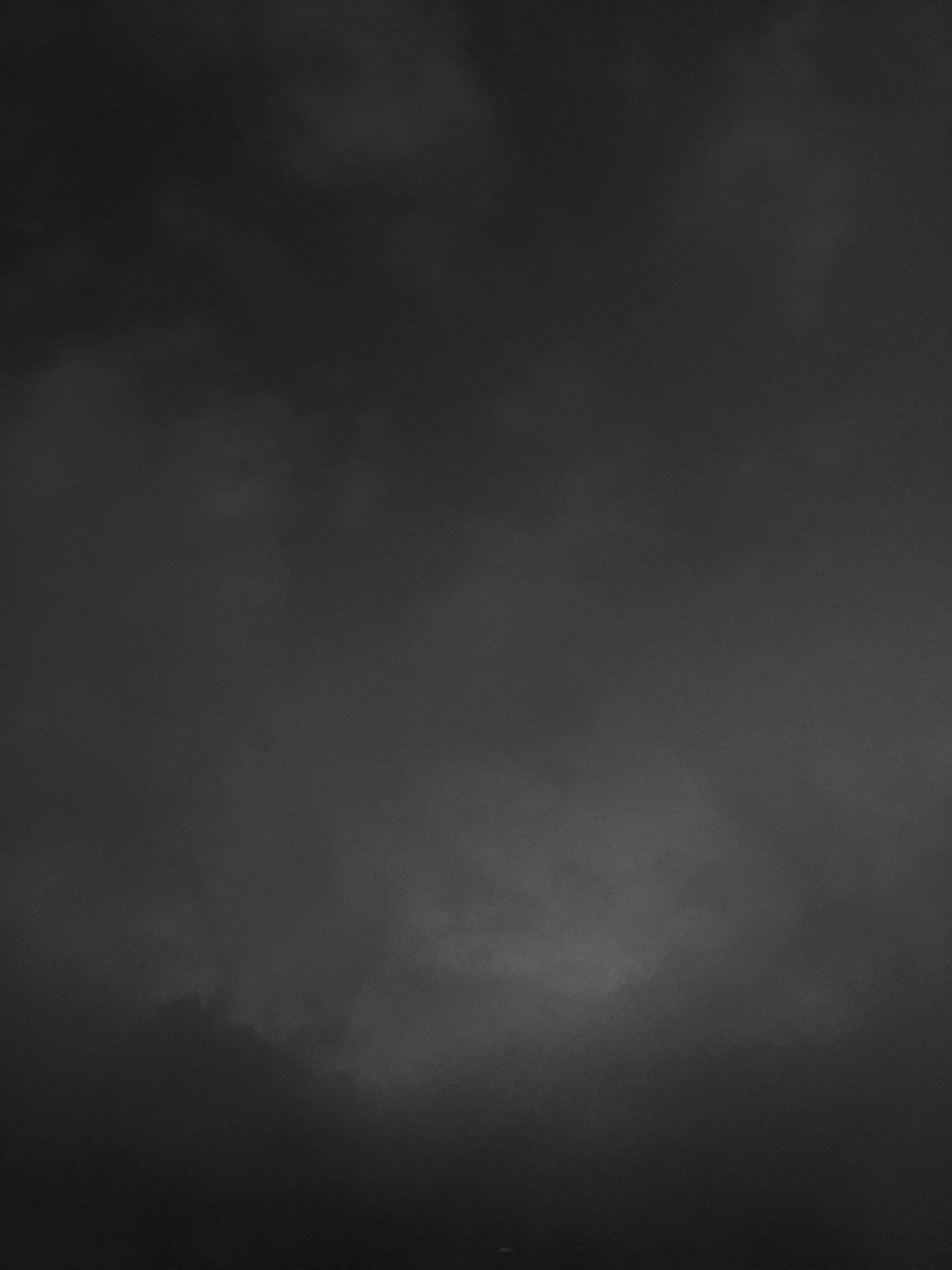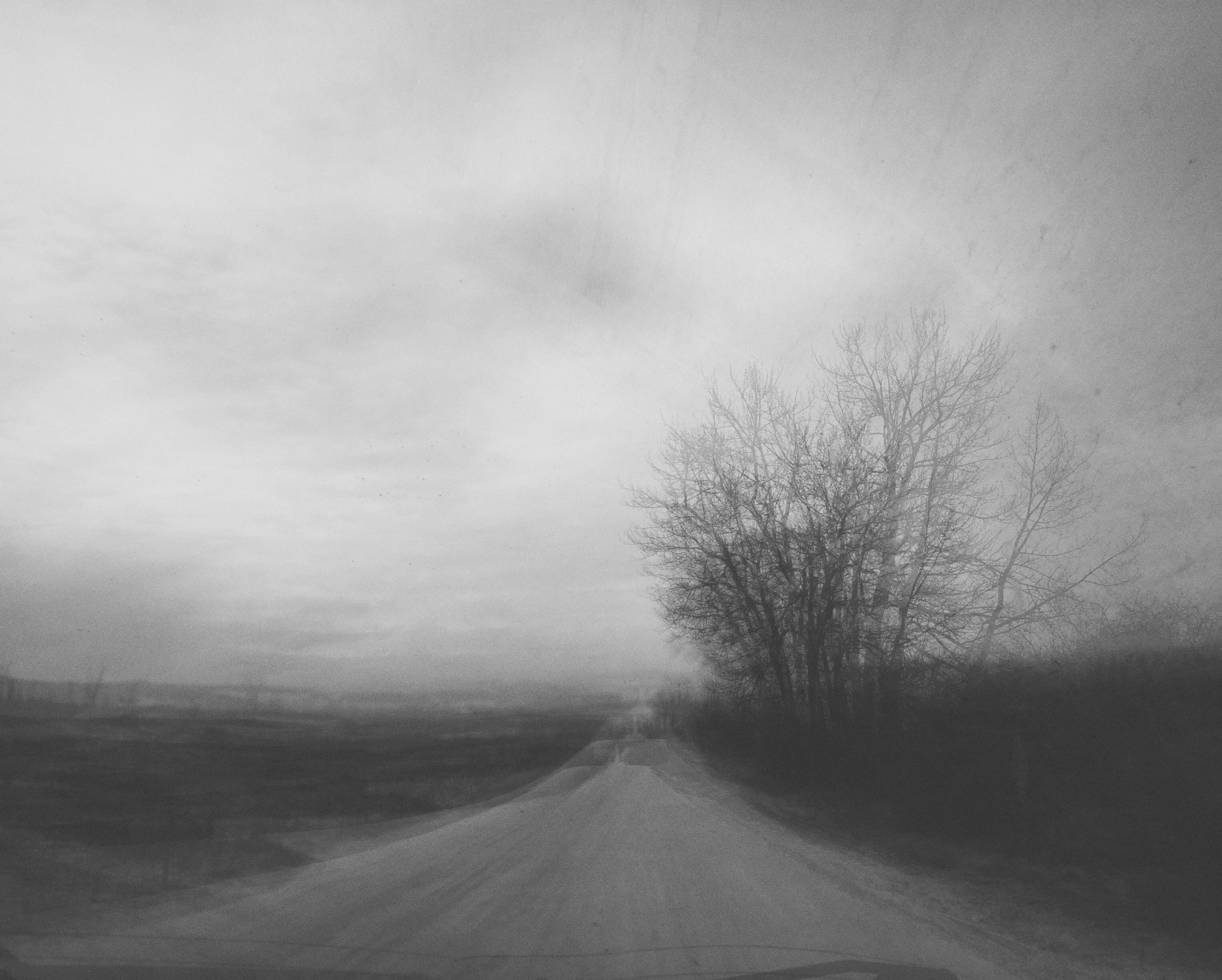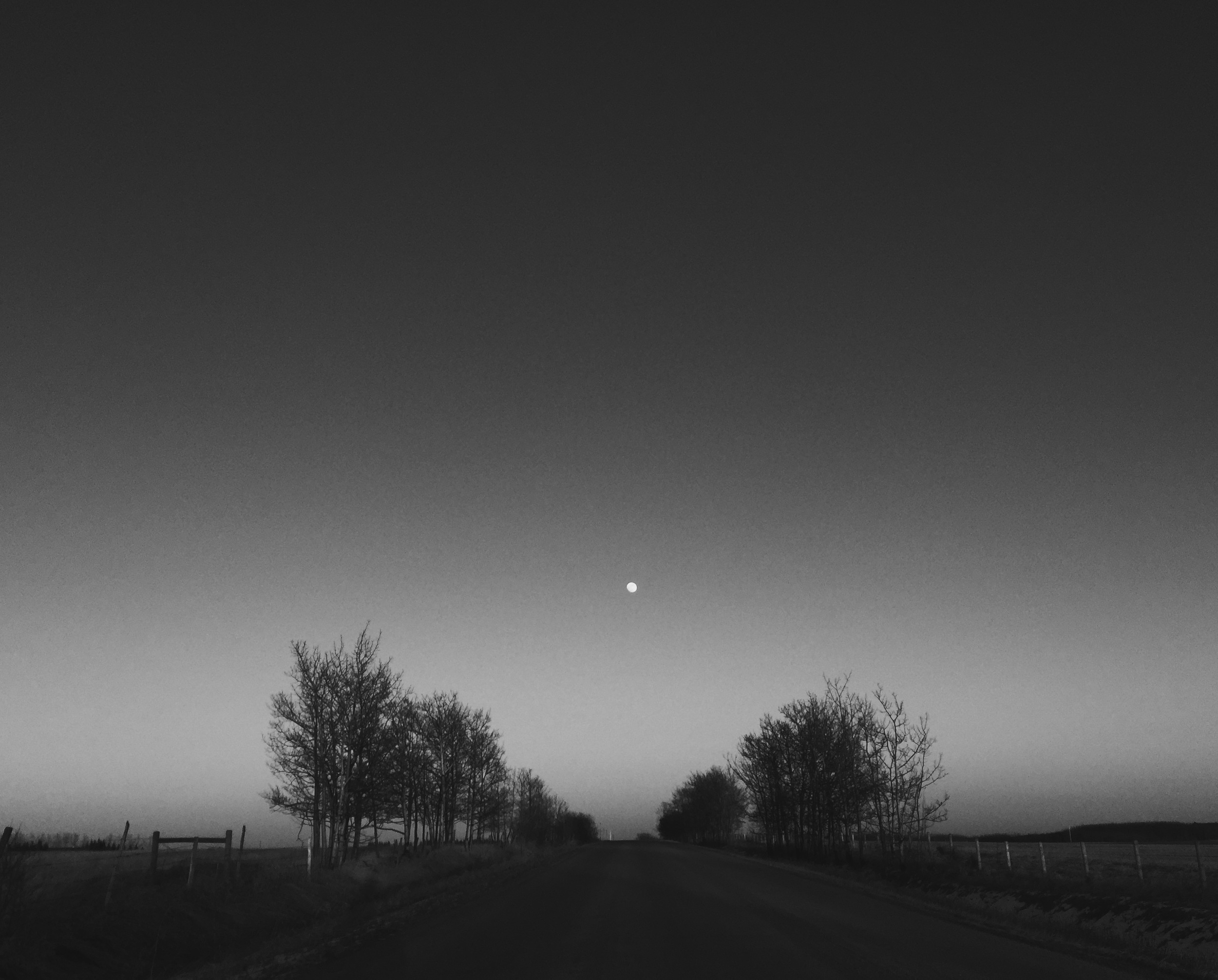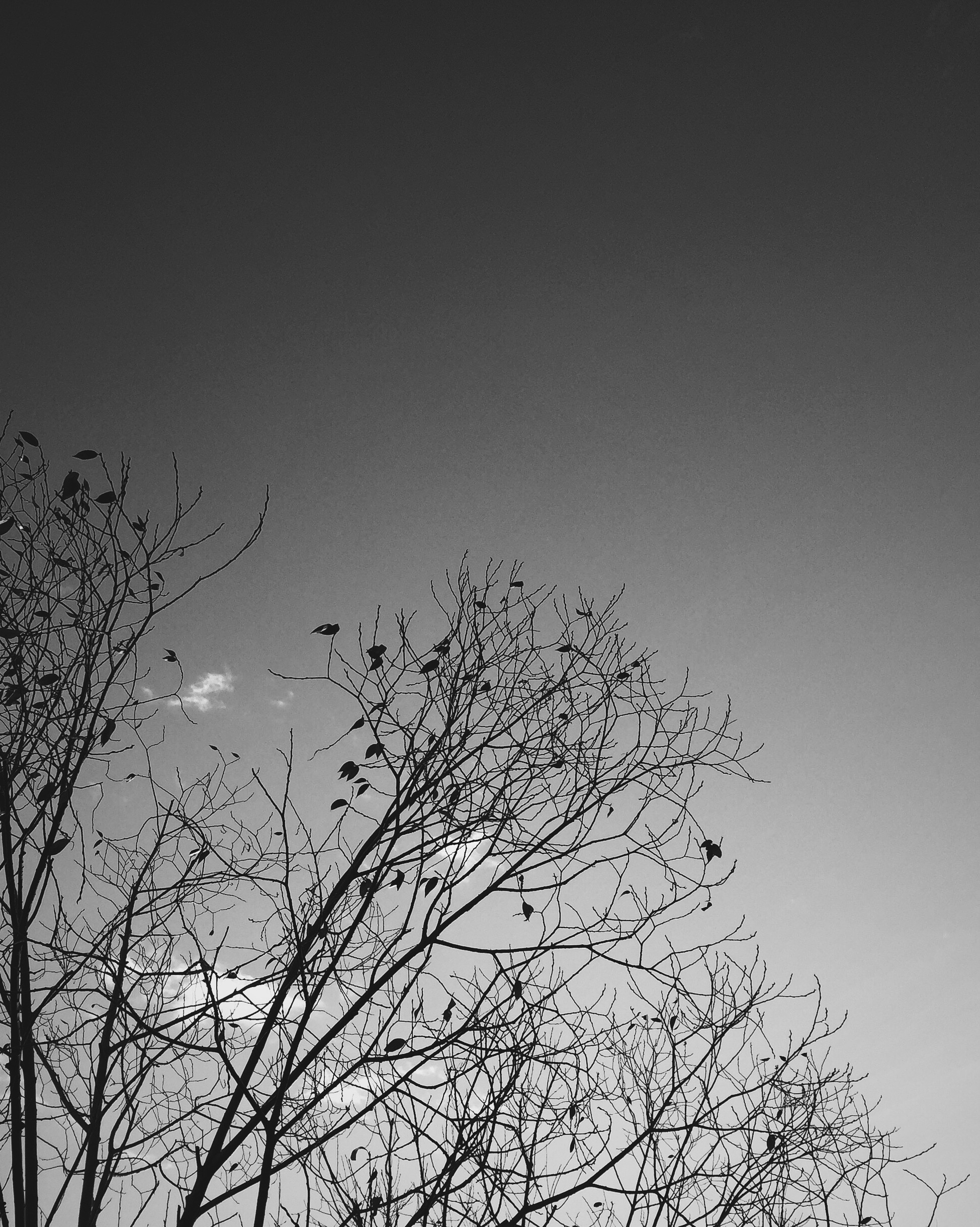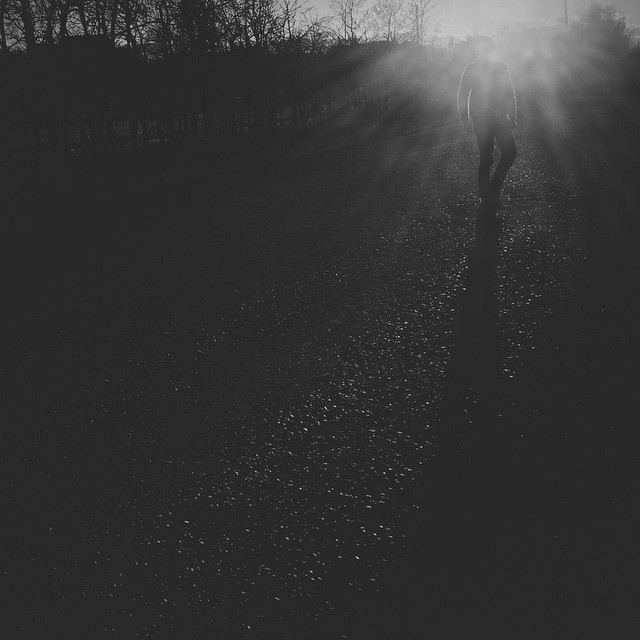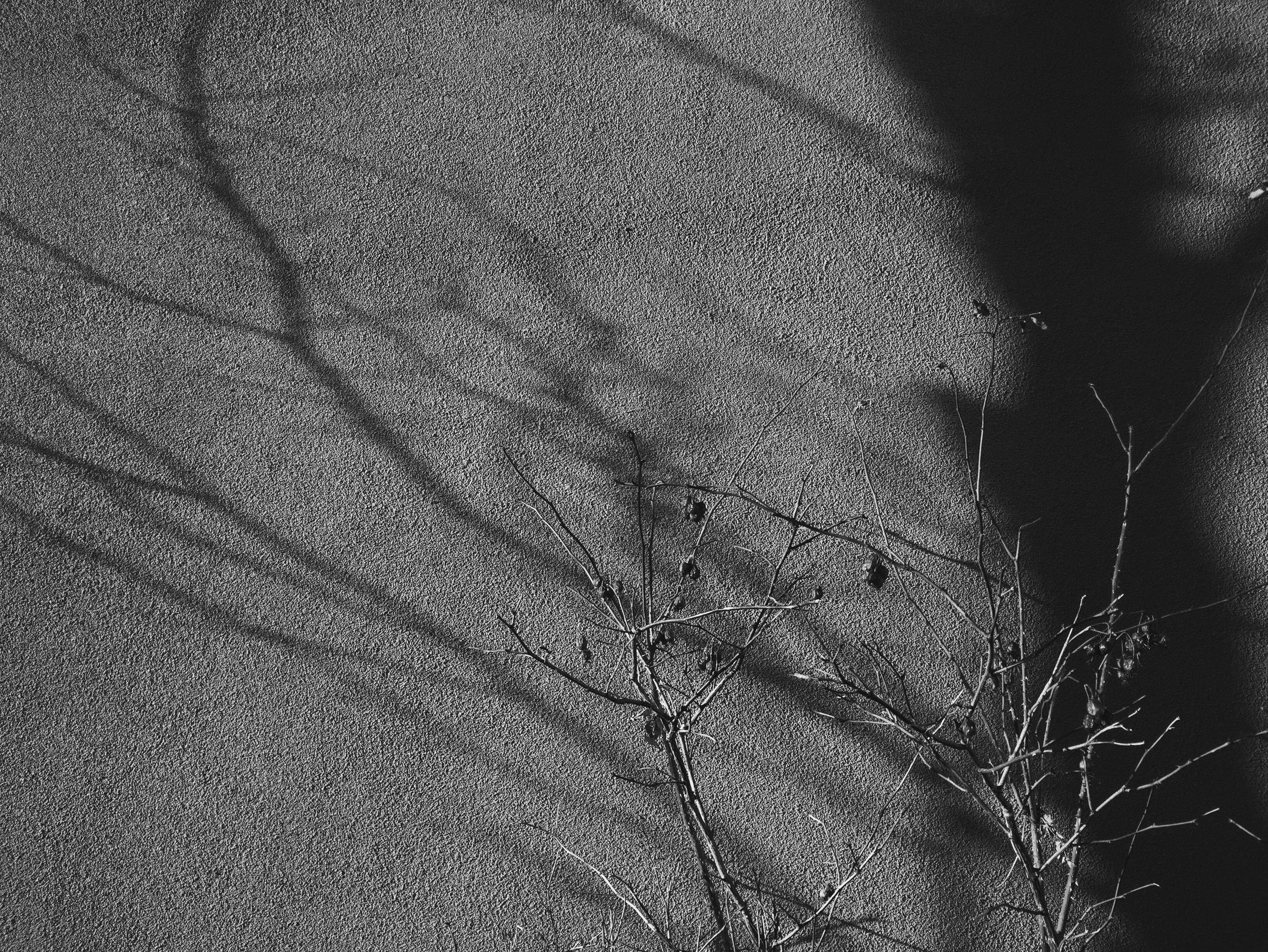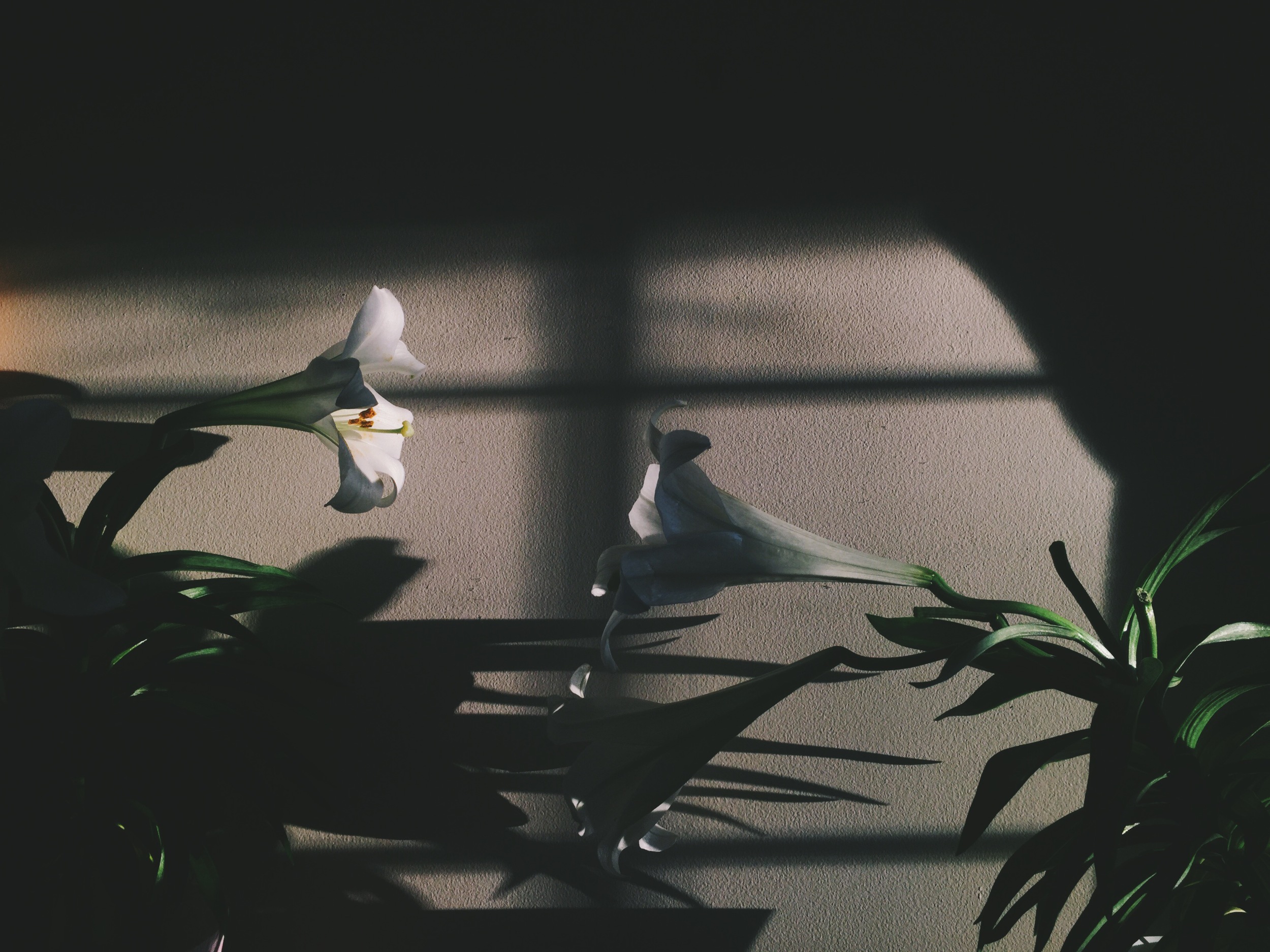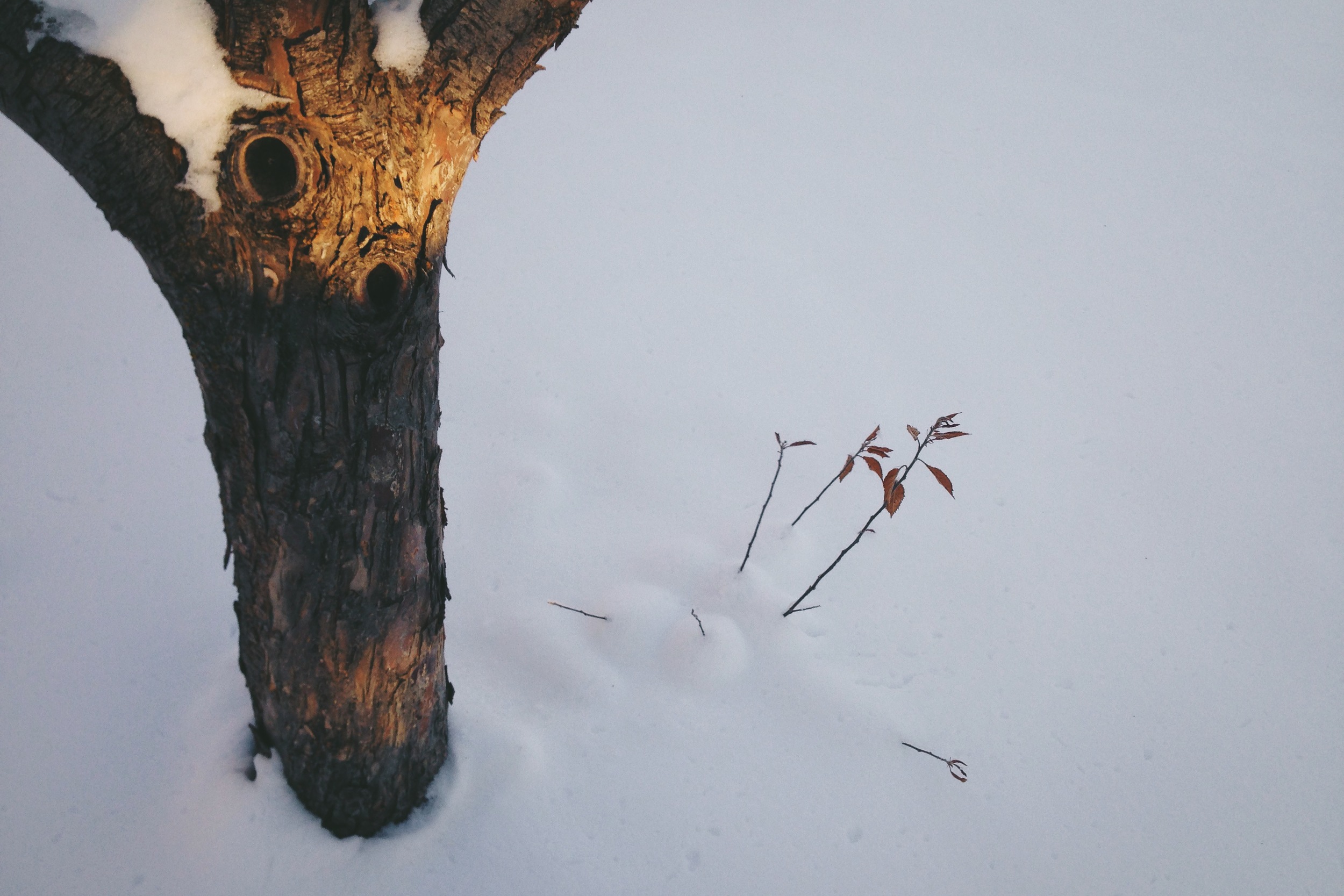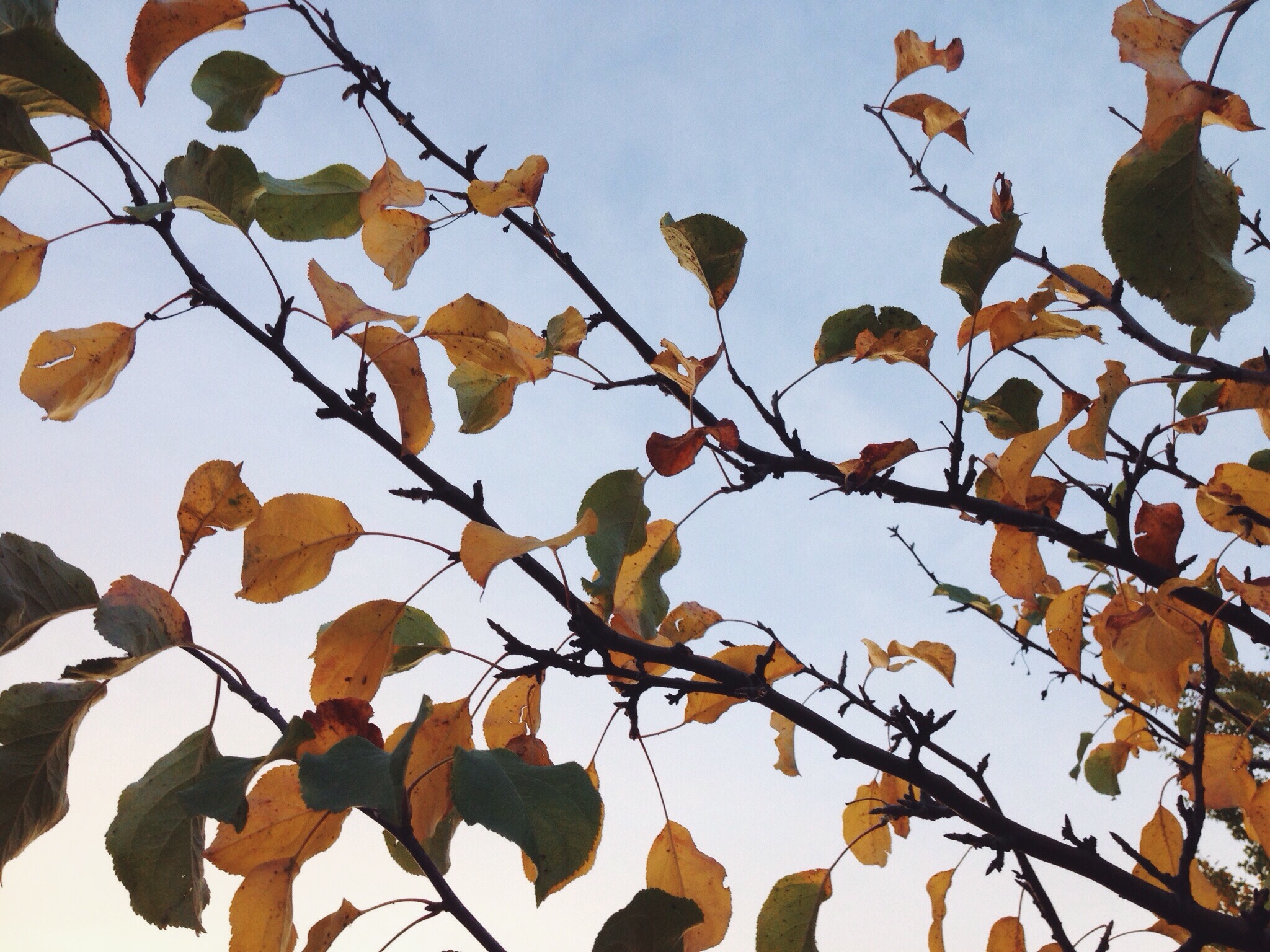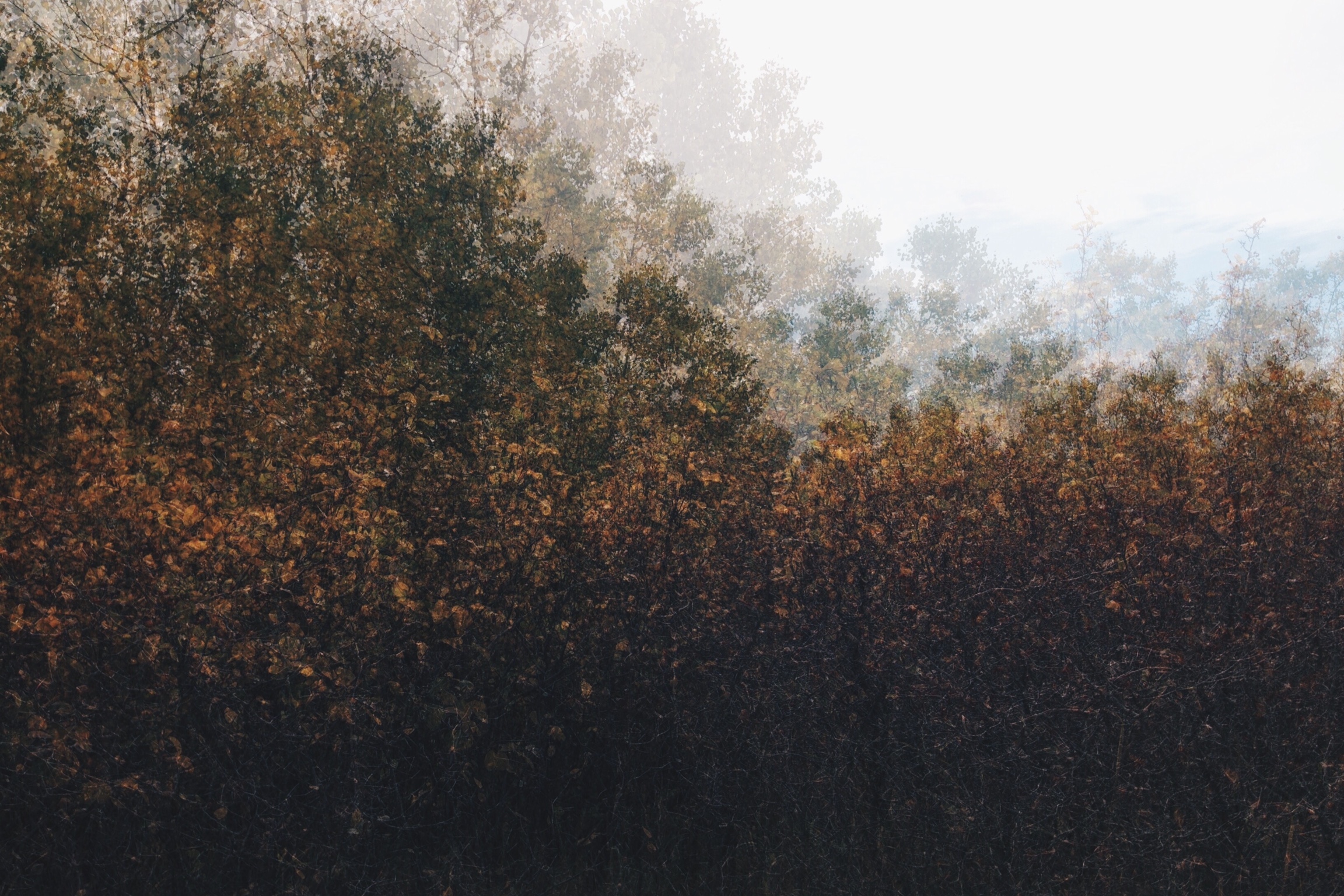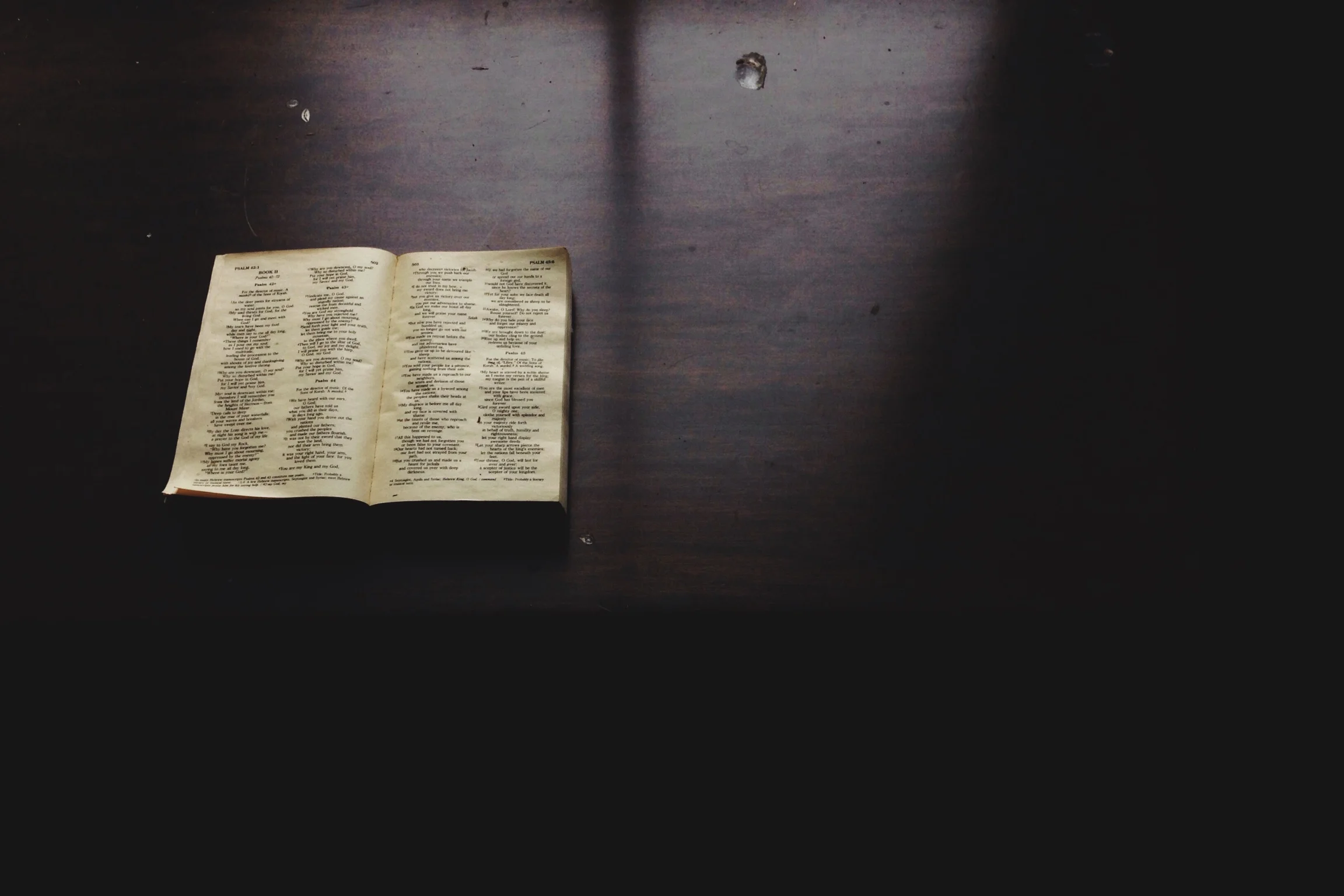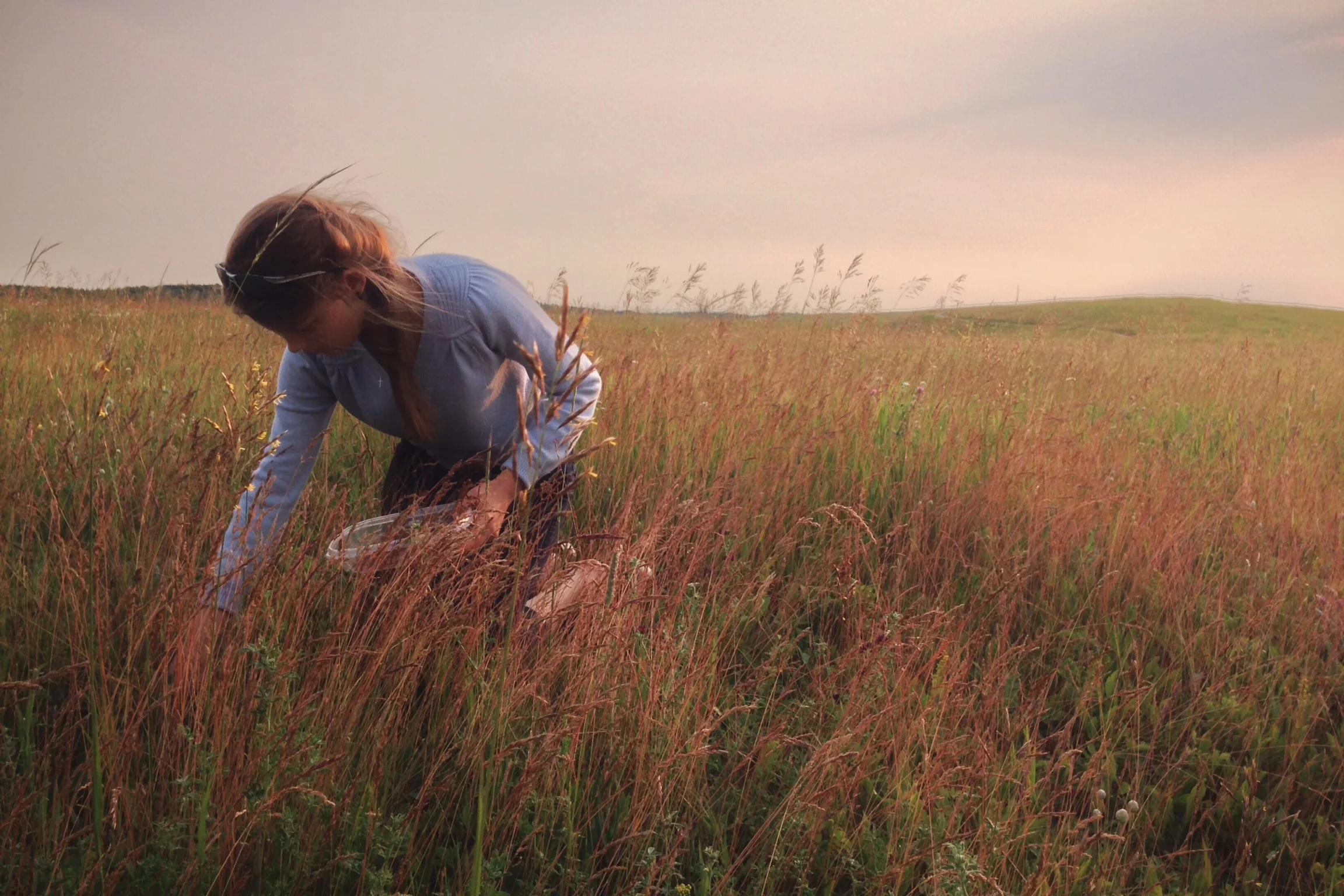Travels 2015 is a series of updates I originally posted on Facebook while on vacation. What started as a quick update and a couple photos transformed into a series of mini-essays that I would have posted on this website had it been up and running at the time. This one was written on July 27th, 2015.
I've spent the last three days "adventuring" with my 92 year old grandfather and now have an arsenal of memories to share with my grandkids someday. Such as:
- Getting almost-scolded by the owner of Charcut for, a). standing on the rooftop balcony (my grandfather, to better catch the view) and b). bringing in outside coffee (me, because they didn't have decaf).
- Together doing a $700 grocery shop for 7 people before desperately catching two island ferries lest we miss the last ferry ride.
- Discovering that there is a Hyden string quartet concert beginning in 15 minutes and racing across the island to catch it.
And.... OYSTERS!!!!
I recently discovered these delicacies only to be told that my grandfather would catch them by hand in Cape Breton and eat them, alone, to the chagrin of his family. So I bought us 4 dozen and we ate half of them together, after learning how to shuck them (from the man at the COOP hardware store, where my grandfather bought lemons and heavy duty gloves). This was all done in view of the family, who watched us with chagrin through a glass window as they ate their boiled potatoes. (We offered them samples, many times, but each family member refused.)
So yes, vacation has been fun so far.
